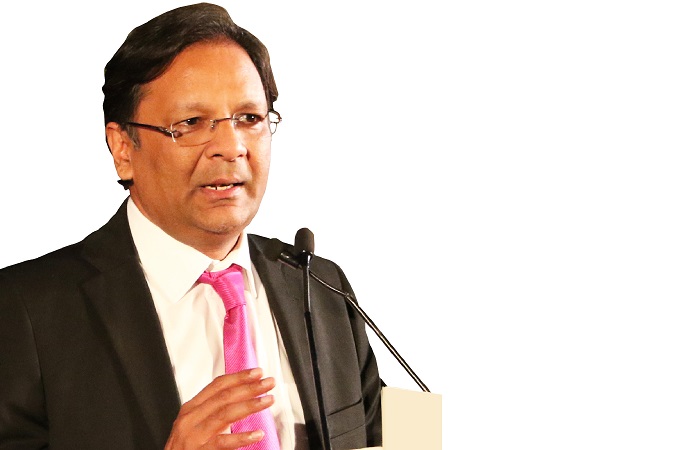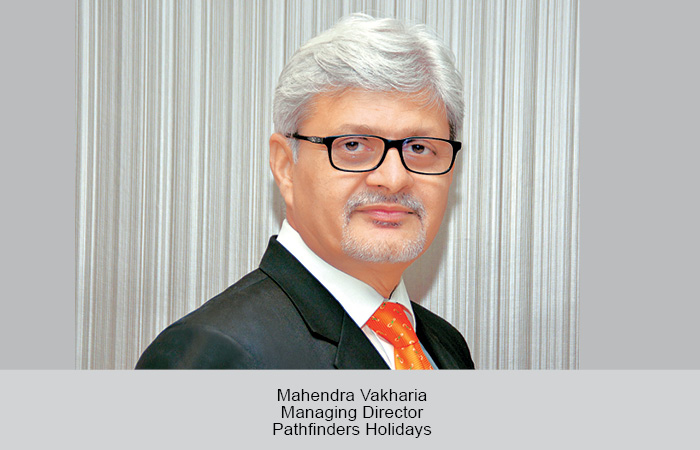SpiceJet turned out to be the biggest winner of routes in Ministry of Civil Aviation’s (MoCA’s) ambitious UDAN 3, with around 24 proposals being awarded. Ajay Singh, Chairman and MD, SpiceJet, shares the details and gives insights into the future of Indian aviation.
Nisha Verma
The UDAN routes would include two routes for water aerodromes as well as two international routes. Talking about the seaplane operations, UDAN 3 and international operations as part of the scheme, Ajay Singh, Chairman and Managing Director, SpiceJet, says, “It was an experiment that international destinations would also be included under UDAN. The state governments had approached the central government for assistance with the bidding process for international UDAN. Assam is the first state which has come forward with this initiative. For this, SpiceJet has bid for two routes from Guwahati to Bangkok and Guwahati to Dhaka – both of which have been awarded to us.”
He believes that seaplane operations is an innovative project, considering the dearth of airports and time taken to build them. “Seaplanes is a unique idea because it takes time to build airports and it’s not always easy to get land to build them. We should use water bodies as they exist in large numbers throughout our country to take tourists to destinations. The beginning has already been made with proposals of water aerodromes and SpiceJet flying seaplanes in Assam, Gujarat and the Andamans. It’s a great start and we will see how it fares in the future,” he added.
Apart from providing funds for airports infrastructure and additional funds for UDAN, the primary focus for the government should be to bring down the cost of Aviation Turbine Fuel
Singh further added, “SpiceJet is the largest player in the UDAN scheme. We already have 23 operating routes under UDAN 1 and 2 and we will be starting another 20 routes under UDAN as soon as the airport infrastructure is ready. Even in UDAN 3, the largest number of routes have been awarded to SpiceJet. Not only is this scheme commercially viable but is also increasing connectivity across India.”
Aviation is one of the shining sectors of the Indian economy, points out Singh. “We have been growing at 20 per cent every year. India is the fastest growing aviation market in the world. It has been our longstanding request that what India really needs is to create international global hubs in the country as opposed to shipping our hubs to Dubai, Abu Dhabi, Singapore, etc. We also need to create global airlines in India and for that to happen, we need to have a level playing field. Apart from providing funds for airports infrastructure and additional funds for UDAN, the primary focus for the government should be to bring down the cost of Aviation Turbine Fuel (ATF),” he demanded.
He agreed that stability of the rupee against the dollar and the slight cooling off of crude oil prices have certainly improved the situation. “The situation has improved dramatically from what it was a few weeks ago. Even airlines such as SpiceJet are adding new planes that are technologically advanced and consume less ATF. We also hope that airlines will work together to ensure that yields are higher,” he shared.
Plans for long haul
- With Indians increasingly wanting to travel overseas at a reasonable cost, more international flights are set to be rolled out. SpiceJet has added the Max aircraft, which has a longer range than other aircraft. Having such an aircraft would allow SpiceJet to fly to many more destinations beyond the existing ones. As a consequence, SpiceJet will be looking at many more international flights. The airline wants to start with international flights using its narrow-bodied aircraft as it is the most efficient and cost-effective way. As far as wide-bodied planes are concerned, the airline will keep exploring and examining its options.
 TravTalk India Online Magazine
TravTalk India Online Magazine





